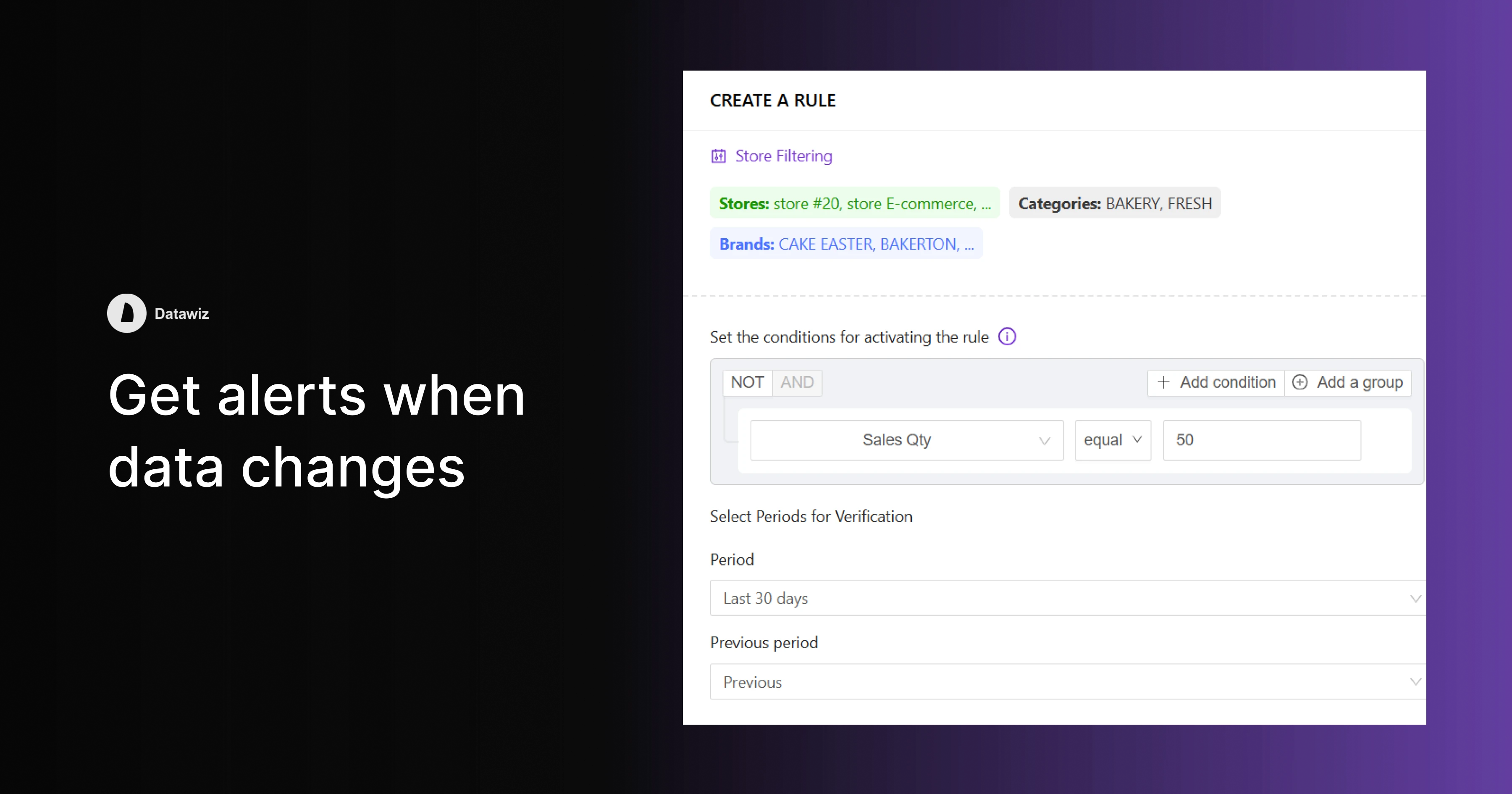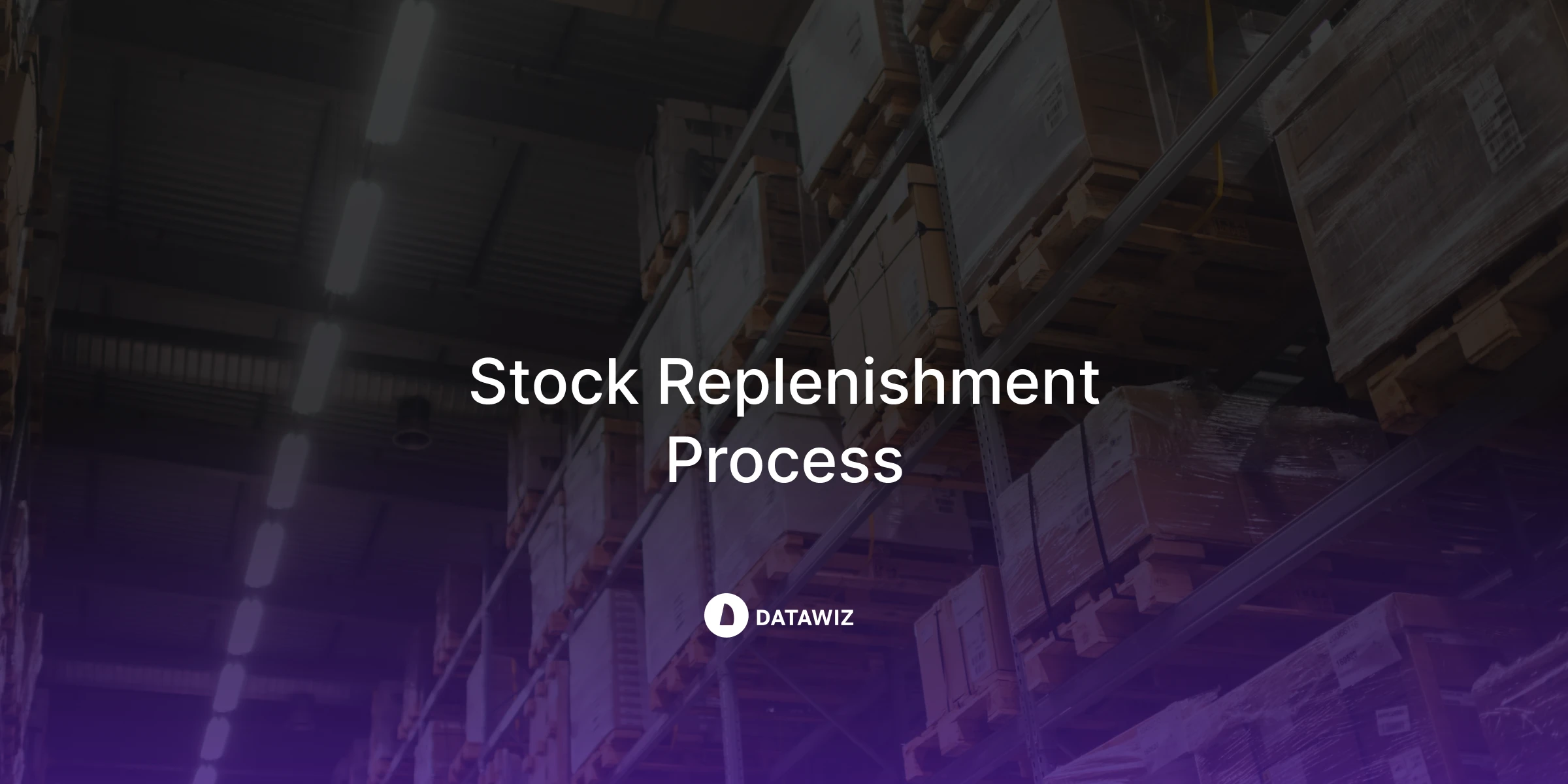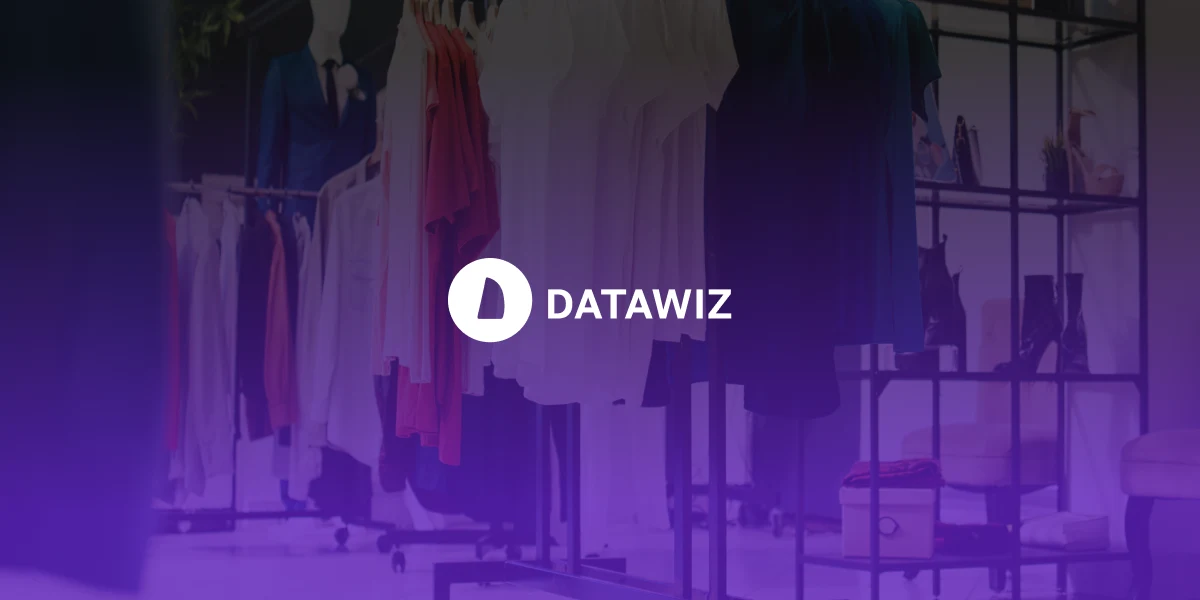In retail, timing is critical — whether it’s noticing a drop in sales or replenishing stock before it runs out. When done right, this leads to higher profits and stronger customer trust.
Managers spend hours every day reviewing reports, checking dashboards, and reconciling metrics — just so they don't miss anything important. But in the age of automation and artificial intelligence, it's strange to do everything manually.
This is where automatic notifications come in. They allow you to track key metrics — sales, inventory, margins — and instantly notify you if something is out of the ordinary. You no longer need to check all the data every day. You simply receive a signal when you need to take action.
Why retail needs automatic notifications
Automatic notifications are a tool that allows you to respond to changes in indicators in a timely manner without constantly reviewing reports manually. They become especially important when you have a large product range, an extensive network of stores, and constant fluctuations in demand.
Here are the main advantages of this approach:
Quick response to deviations
The system detects violations of specified conditions — for example, when the sales volume of a particular product in a specific store falls below a set level — and immediately sends a notification. This allows you to act immediately, without waiting for weekly or monthly analysis.
Time savings for the team
Managers do not waste time manually tracking reports and are not distracted by indicators that are currently normal. Instead, they receive specific signals about situations that require attention.
Ability to control specific areas
Notifications can be customized with specific filters: product category, SKU, region, store, promotion type, etc. This allows you to avoid general checks and focus on what is really important for a specific business segment.
Tracking key performance indicators (KPIs)
Automatic rules allow you to constantly monitor target values — turnover, margin, average check, sales volume. If an indicator goes beyond the limits, you receive a notification and can assess the situation in dynamics.
In general, automatic notifications shift control from manual to systematic mode. This allows you to receive up-to-date data and make decisions much faster than your competitors.
What indicators can be monitored — and how does this help your business
The automatic notification system allows you to set up control of virtually any indicator in your reporting. These can be standard metrics — sales, balances, profits — as well as more detailed data: average check, promotional sales, turnover, or the availability of a specific SKU.
You don't have to track everything — you choose what is really important for your store, category, or region. And correctly selected notifications not only reduce the workload on the team, but also help them work more accurately.
How does efficiency increase?
- Monitoring the average check helps you notice changes in customer behavior in a timely manner and adjust your assortment or pricing policy.
- Tracking sales of promotional items allows you to evaluate the effectiveness of promotional campaigns in the first days of their launch.
- Monitoring inventory allows you to avoid both excess inventory and losses due to out-of-stock items.
- Prompt notification of a drop in profitability helps you respond before the situation affects the store's overall financial results.
Examples of use in retail
The system allows you to set specific rules for sending notifications. For example:
- If the average check in a particular store is less than $120 over the last 3 days, the manager receives a notification and can check the layout of goods at the checkout or change the positioning of promotions.
- If the balance of a particular product is less than 5 units, the category manager will know about it before the product disappears from the shelf.
- If SKU profit has fallen by more than 20% compared to last week, this is a signal to check discounts or delivery terms.
- If sales of promotional items do not exceed 10 units per day, this may be a sign of problems with placement or pricing.
 Novedades
Novedades





 ¡No se necesita tarjeta bancaria!
¡No se necesita tarjeta bancaria!